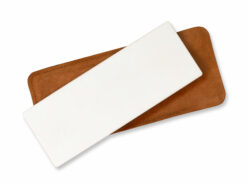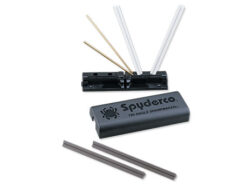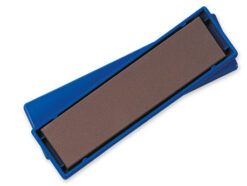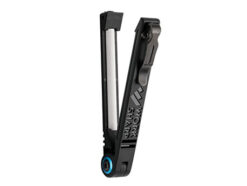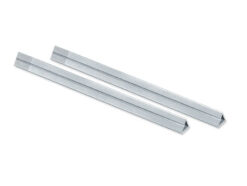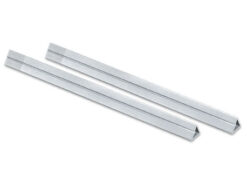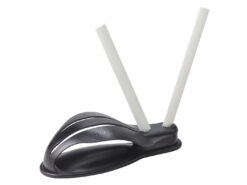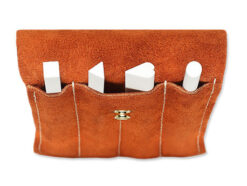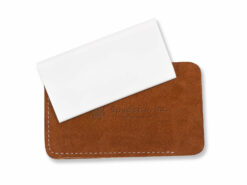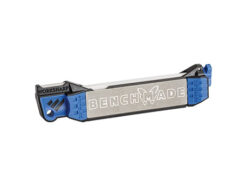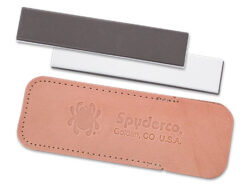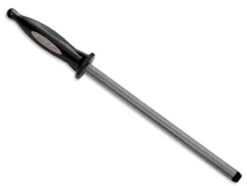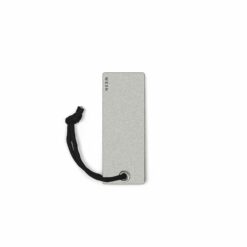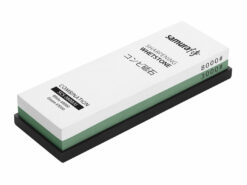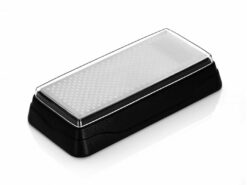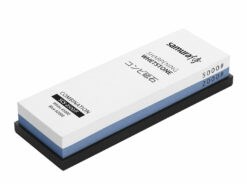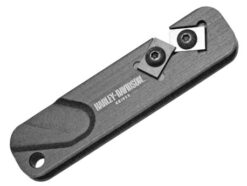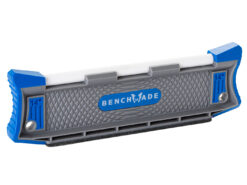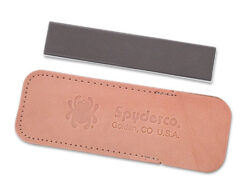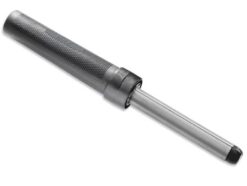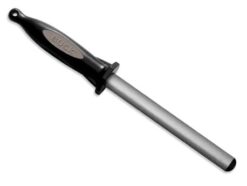If you want to enjoy your knife for a long time, it would be a good idea to sharpen it regularly. If you use your knife frequently but don't sharpen it, it will become blunt. As a result, you may no longer be able to use your knife properly. Therefore, do not underestimate the importance of sharpening knives. Do you want to sharpen your knives yourself? Then you're with Knifestore at the right place. We offer various solutions for sharpening your knives yourself.
Why sharpen your knife supplies at Knifestore buy? There are various reasons for this. First of all, we ensure that you receive your order quickly. Orders placed on working days before 16:00 PM will be processed the same day. We carefully pack your products in sustainable materials so that they arrive at you neatly and undamaged. Fast delivery throughout Europe!
Different ways to sharpen knives
If you think there is only one way to sharpen knives, you are wrong. You can sharpen your knife in many different ways. Do you want to sharpen your knives, but haven't you done this before? Then you are certainly curious about the different ways. To give you some more insight into this, we list them below.
- sharpening stone
Do you want to sharpen knives quickly and easily? Then a sharpening stone offers a solution. With this tool you always keep your knife sharp. By regularly sharpening a knife with a sharpening stone, you also ensure a longer life. You can also use a sharpening stone to thin out knives. - sharpening rod
For people who want to sharpen their knife daily without investing too much time and effort, a sharpening steel offers a solution. A major advantage of a sharpening steel is that it removes little material from the blade. When you sharpen your knife with this tool, you can use it for years. Sharpening rods are also available in different variants. We distinguish between the following types:- Ceramic sharpening steel
A large part of the sharpening rods are nowadays made of ceramic material. Do you want to sharpen your knives using a ceramic sharpening steel? Then do this with some regularity. This way you prevent your knife from becoming blunt. - Diamond sharpening steel
Given the name, it probably won't surprise you that a diamond sharpening steel is provided with a layer of diamond. The advantage of this is that sharpening knives does not take much time. The result is slightly less than with a ceramic sharpening steel. In addition, the diamond grains can break down over time, so that you can sharpen a knife less well with it.
- Ceramic sharpening steel
- pull-through sharpener
Do you want to sharpen knives without having to have any expertise? Then choose a pull-through sharpener from Knifestore. As the name implies, all you need to do is run your knife through this to sharpen it. The big advantage of this tool is that it always cuts at the right angle. This is not the case with a sharpening stone and sharpening steel. - Electric Knife Sharpener
A fourth way to sharpen your knives is by using an electric knife sharpener. As the name disguises, a knife is automatically sharpened when you use this device. An electric knife sharpener is easy to use and you will also see results quickly.
How do I sharpen my knife?
You know by now that there are different ways to sharpen knives. As a result, it is not possible to give an unequivocal answer to the question: 'how do I sharpen my knife?' This depends on how you sharpen your knife. To prevent you from making a mistake when sharpening your knives, we explain the basics of sharpening knives here.
- sharpening stone
If you want to use a sharpening stone for sharpening knives, you must first have such a stone at home. One stone is often not enough. To sharpen your knives really well, you need stones with different grain sizes. The best grain size to start with depends on the bluntness of your knife. Is the edge of the knife – also called fold – round? Then it must be repaired. In that case, start with a sharpening stone with a coarse grit (about 240). This creates a new fold. If this is successful, always use a sharpening stone with a finer grain. For finishing (polishing) your knife you need a sharpening stone with a very fine grain (about 3000). - sharpening rod
Sharpening knives takes less time and effort if you use a sharpening steel instead of a sharpening stone. To sharpen the knife, simply pull the blade along the sharpening rod. If you choose the easy way, place the point of the sharpening steel on a flat surface. Do you prefer fast sharpening? Then hold the sharpening rod in your hand. If you want the best result, use a ceramic sharpening steel. Just be careful not to drop it. If it does, it probably won't work anymore. This is not the case with a diamond sharpening steel. The only disadvantage of this rod is that the diamond grains can break down over time, so that you can no longer sharpen your knife. - pull-through sharpener
If you have no experience with sharpening knives, you may not want to use a sharpening stone or sharpening rod for this. In that case, sharpen your knives with a pull-through sharpener. This tool often consists of several small grinding wheels with different grain sizes. All you have to do with a pull-through sharpener is run your knife along the discs a number of times. Don't put too much pressure on the blade when you run it through the pull-through sharpener. Are you doing this? Then you may need to grind off a lot of steel from the blade. - Electric Knife Sharpener
An electric knife sharpener is very similar to a pull-through sharpener. The difference is that the grinding wheels move here – in contrast to a pull-through grinder. This will sharpen your knife extra well. After you have turned on the device, simply run the blade through it. The disadvantage of an electric knife sharpener is that more material is lost than when you use a sharpening stone, sharpening rod or pull-through sharpener. Do you put pressure on the blade when you sharpen it? Then even more material is lost.
What is the best sharpening angle?
It is important that knives are sharpened at the correct angle. Unfortunately, people don't know what the best sharpening angle is. That is why we give you some more text and explanation about the sharpening angle here. It also differs per knife type at which angle you can best sharpen the knife. Do you have a Japanese knife? Preferably sharpen it at an angle of 15 degrees. The best sharpening angle for a European knife is 20 degrees. Of course this is only a guideline, so you can deviate from this. In any case, make sure that you keep the same angle with every stroke. Only then will your knife be really sharp.
Sharp is safe
You can open your fingers faster with a sharp knife than with a dull one. That's why some people think that a dull knife is safer than a sharp one. Yet just the opposite is true. A sharp knife is safer than a blunt one. Why? Because you can easily cut through different materials with a sharp knife than with a dull knife. You often have to exert more force on a dull knife, which increases the chance of an outlier. This can cause you painful injury. Reason enough to sharpen your knives regularly. You can then use them a lot safer.
Buy knife sharpening supplies at Knifestore
Do you want to sharpen knives yourself, but you don't have the right supplies for this at home? Then take a look at the range of Knifestore. We sell countless supplies for sharpening knives. In our webshop you will find sharpening stones, sharpening rods and pull-through sharpeners. This means that everyone can find a tool to sharpen their own knives.
By the way, you do not only order supplies for sharpening knives from us because of the large range. We also ensure that you receive your order quickly. Orders placed on working days before 16:00, we process the same day. Moreover, we not only deliver quickly within the Netherlands, but also in the rest of Europe.



